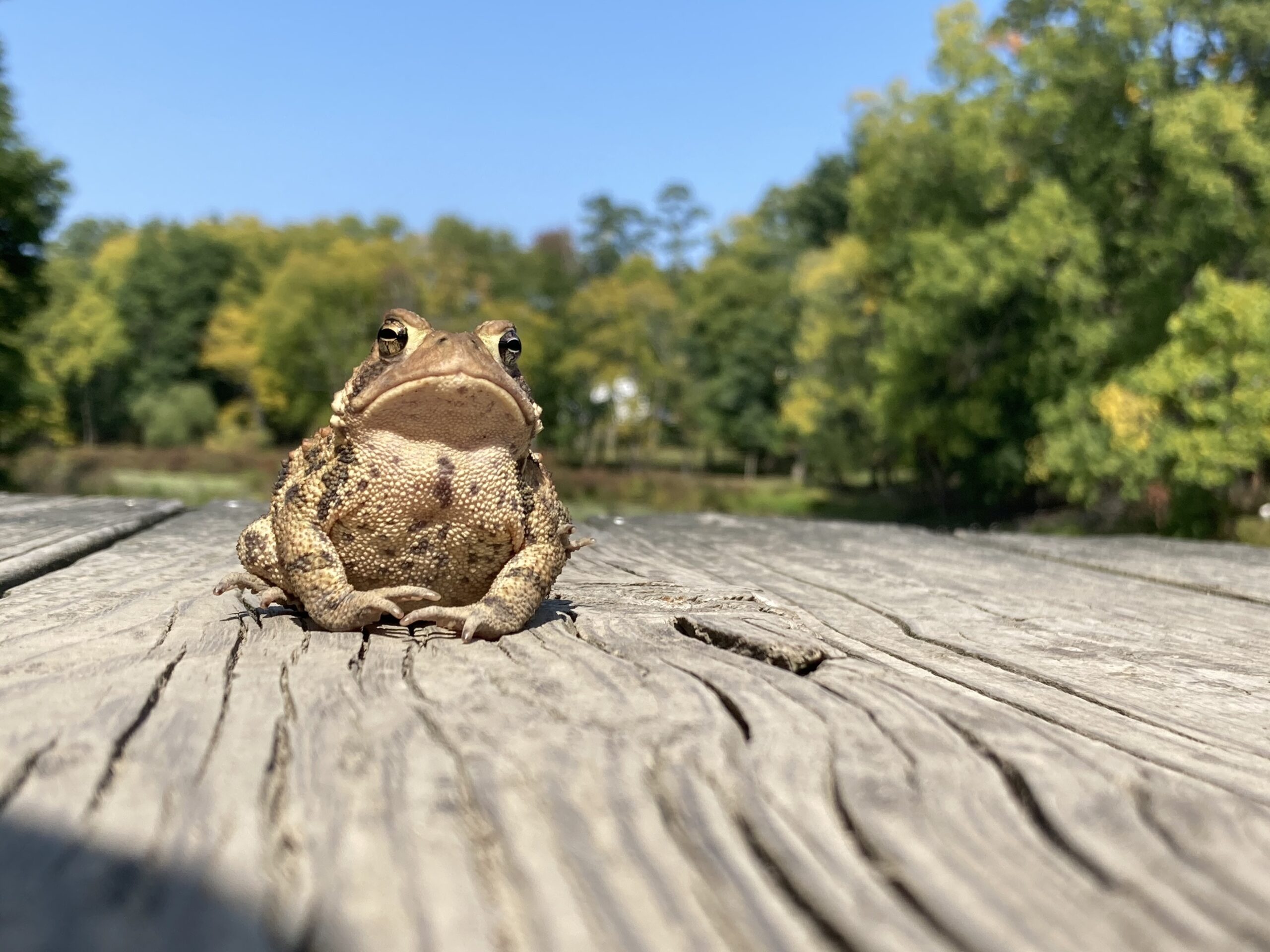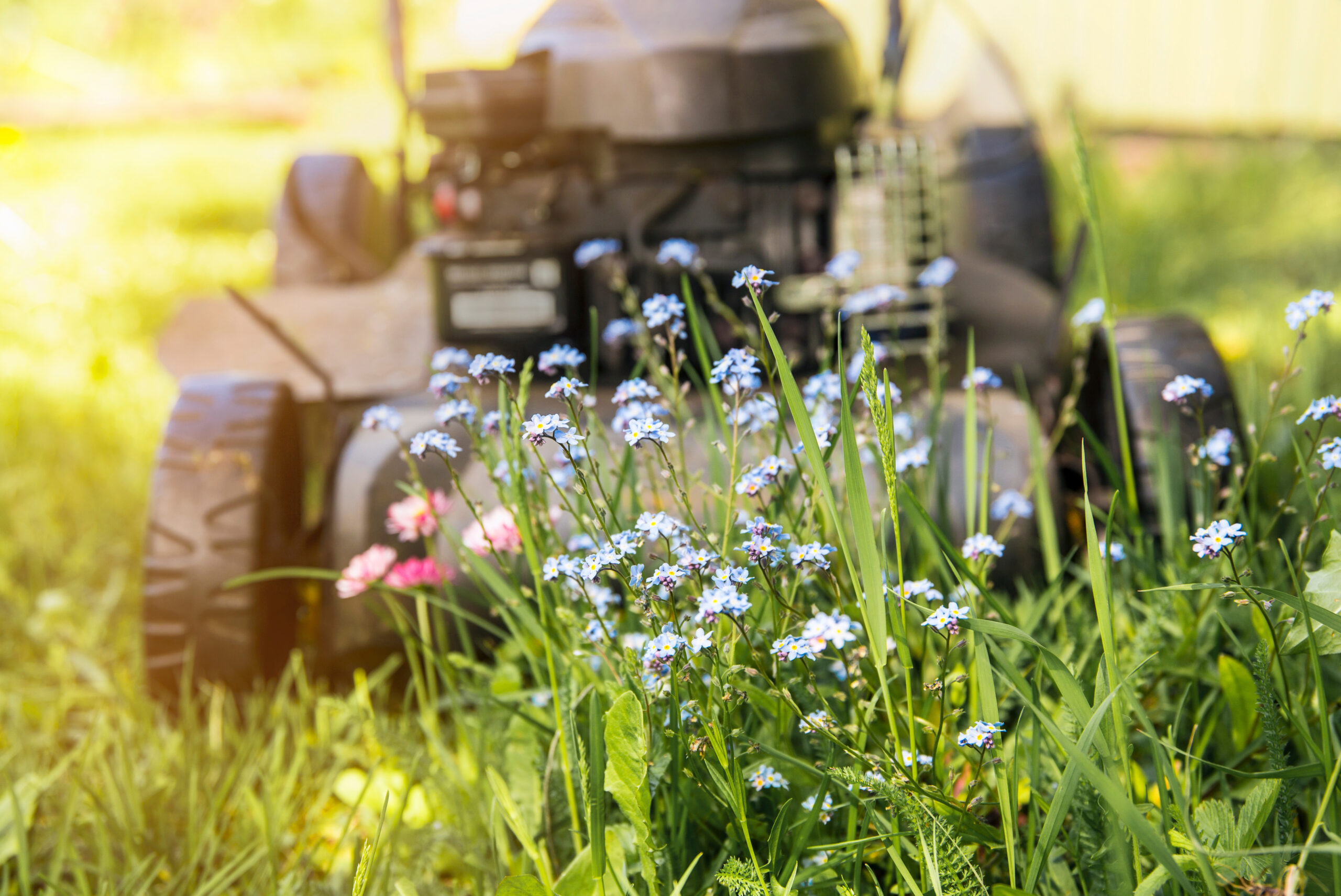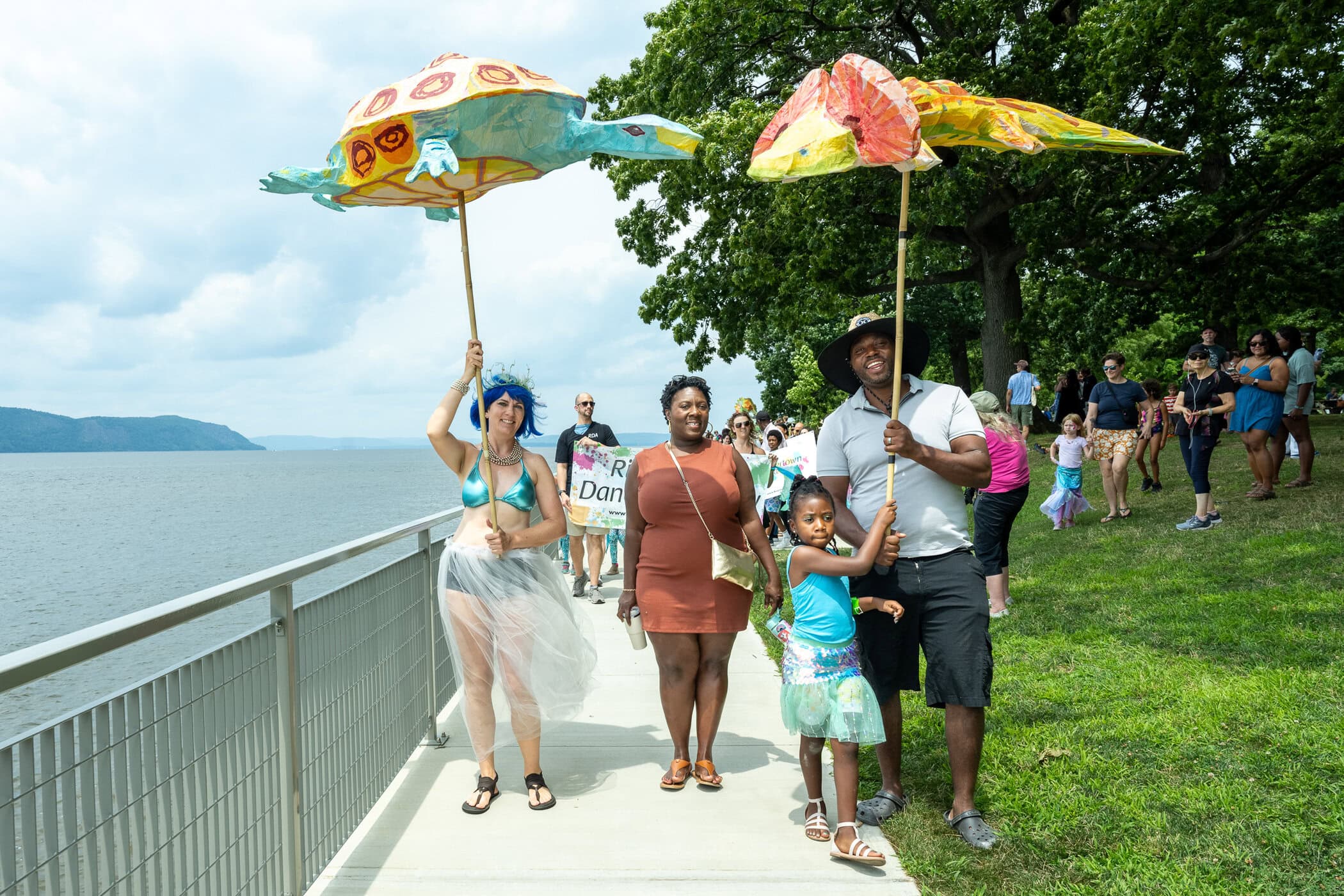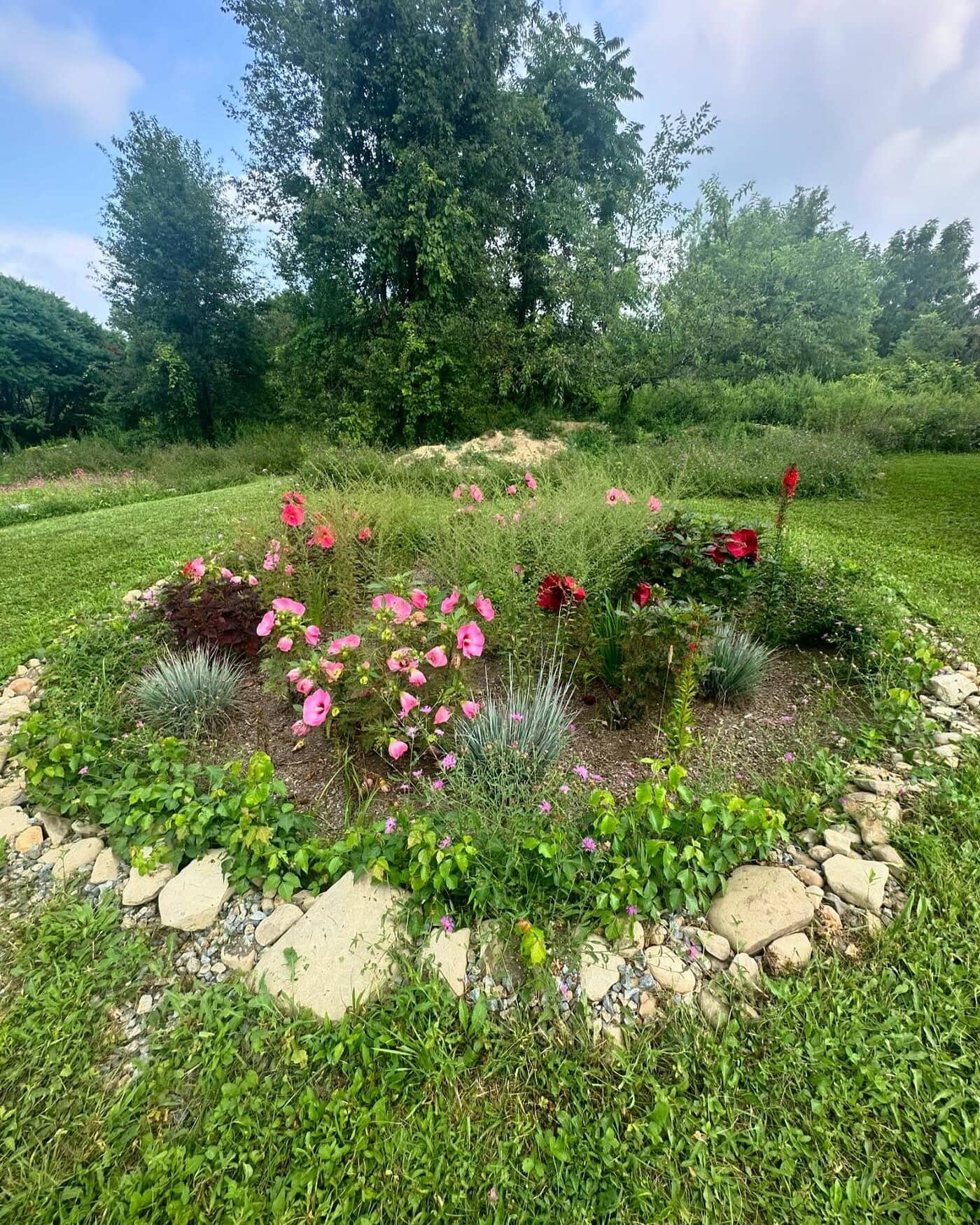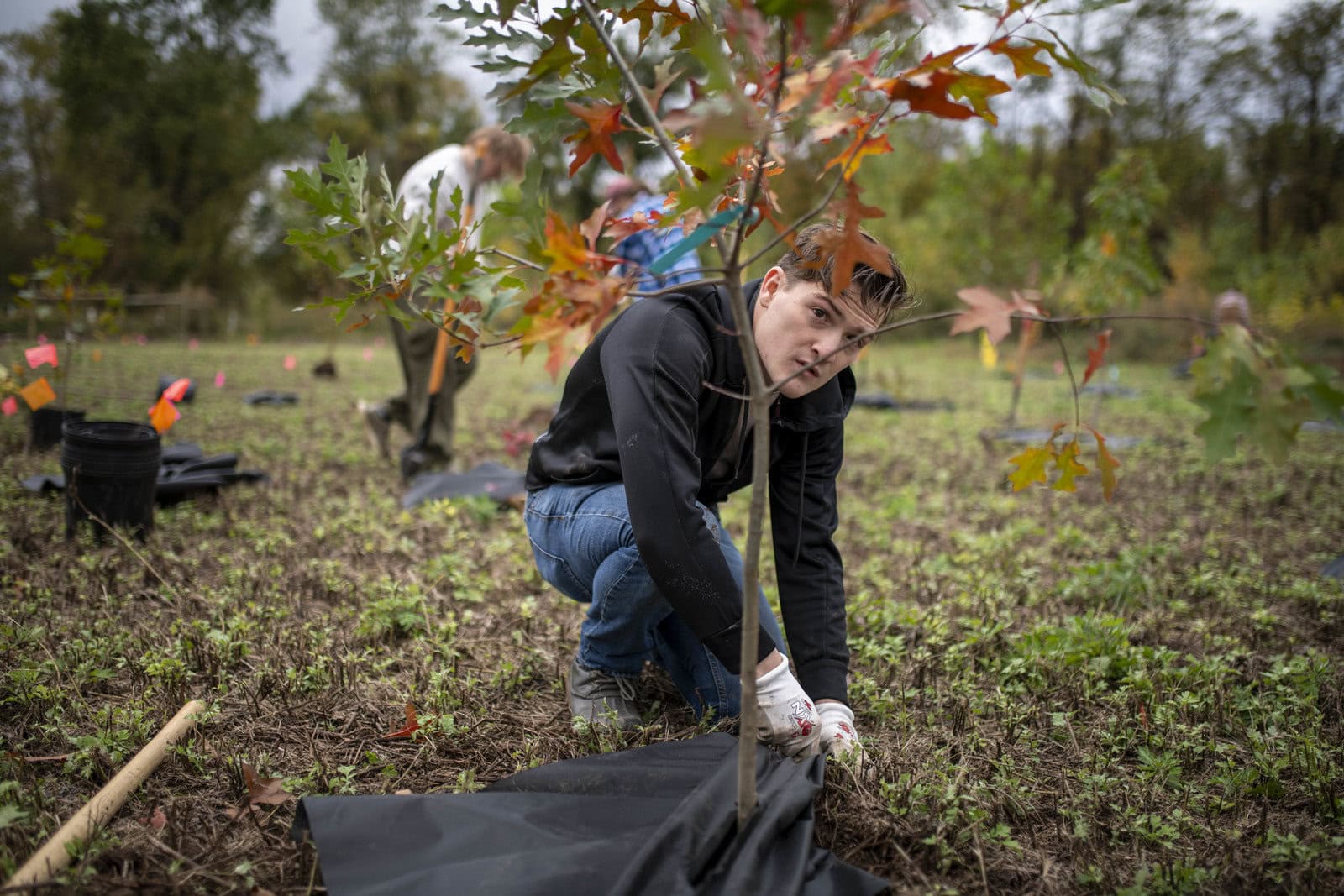For those who celebrate one of the year-end holiday biggies, the time of year has come back around to ponder an age-old (okay, few-decades-old) question: real Christmas tree, or fake?
Sales of real and artificial Christmas trees in the U.S. each number in the tens of millions every year, and the American Christmas Tree Association expects that demand to keep going strong. There are benefits and drawbacks to both options, and one may be more suitable than the other for your particular lifestyle — but if environmental impact is your main concern, there are a few key things you’ll want to keep in mind.
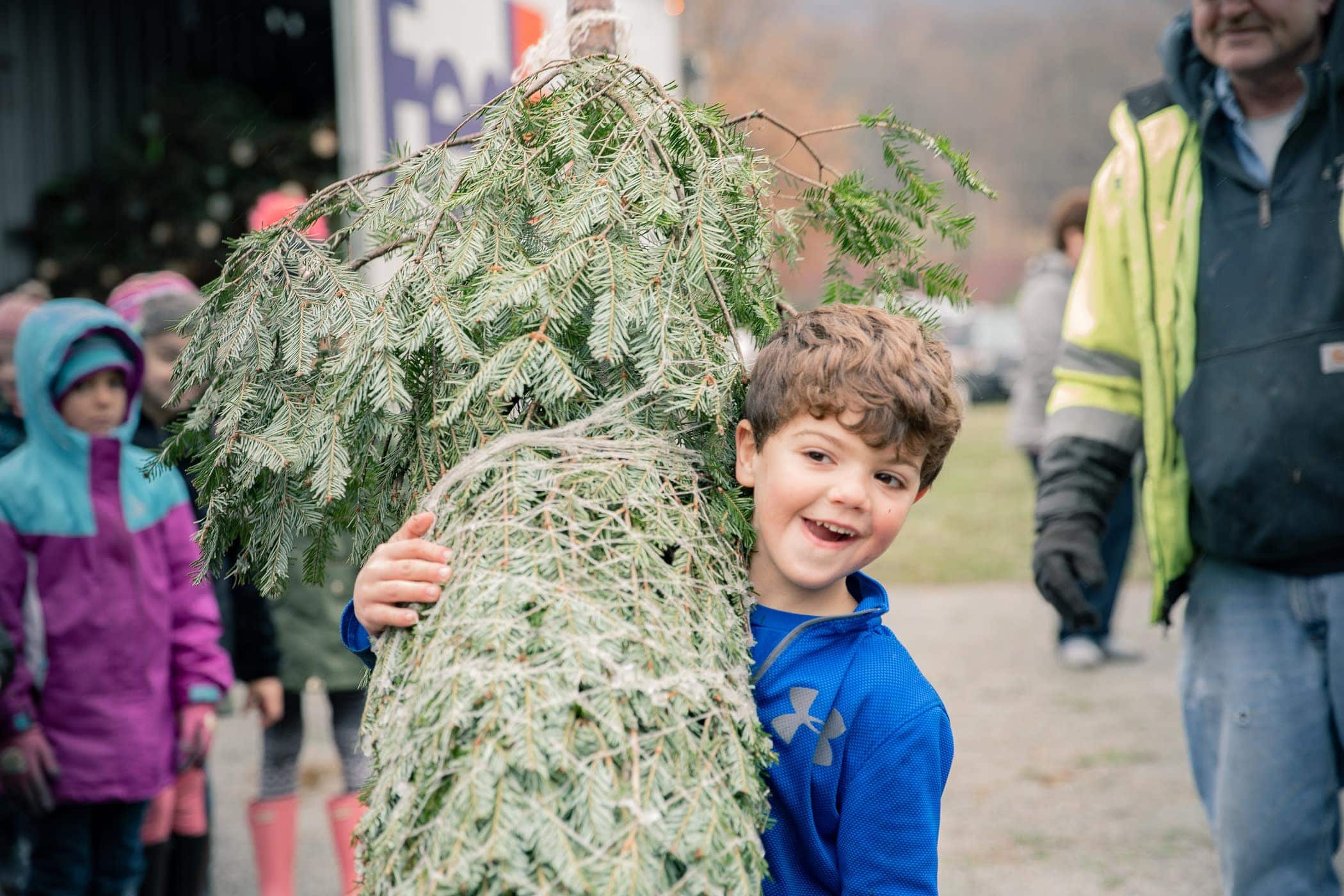
Research suggests you can do no better than locally grown. It takes years for Christmas trees to reach ideal sellable heights — as many as 8-10 years for a 7 1/2-foot tree, for example. And so farms function as mini-forests, with acres upon acres of trees. For every tree that’s cut and sold, another seedling (or several) will be planted to replace it. New York State, which ranks sixth for dedicated Christmas tree land, is home to about 750 such farms.
“Out of the 350-500 million growing on tree farms across the U.S., only 30 million trees are harvested for Christmas each year,” the Nature Conservancy notes. Those remaining trees continue to grow, sucking carbon dioxide out of the air all the while.
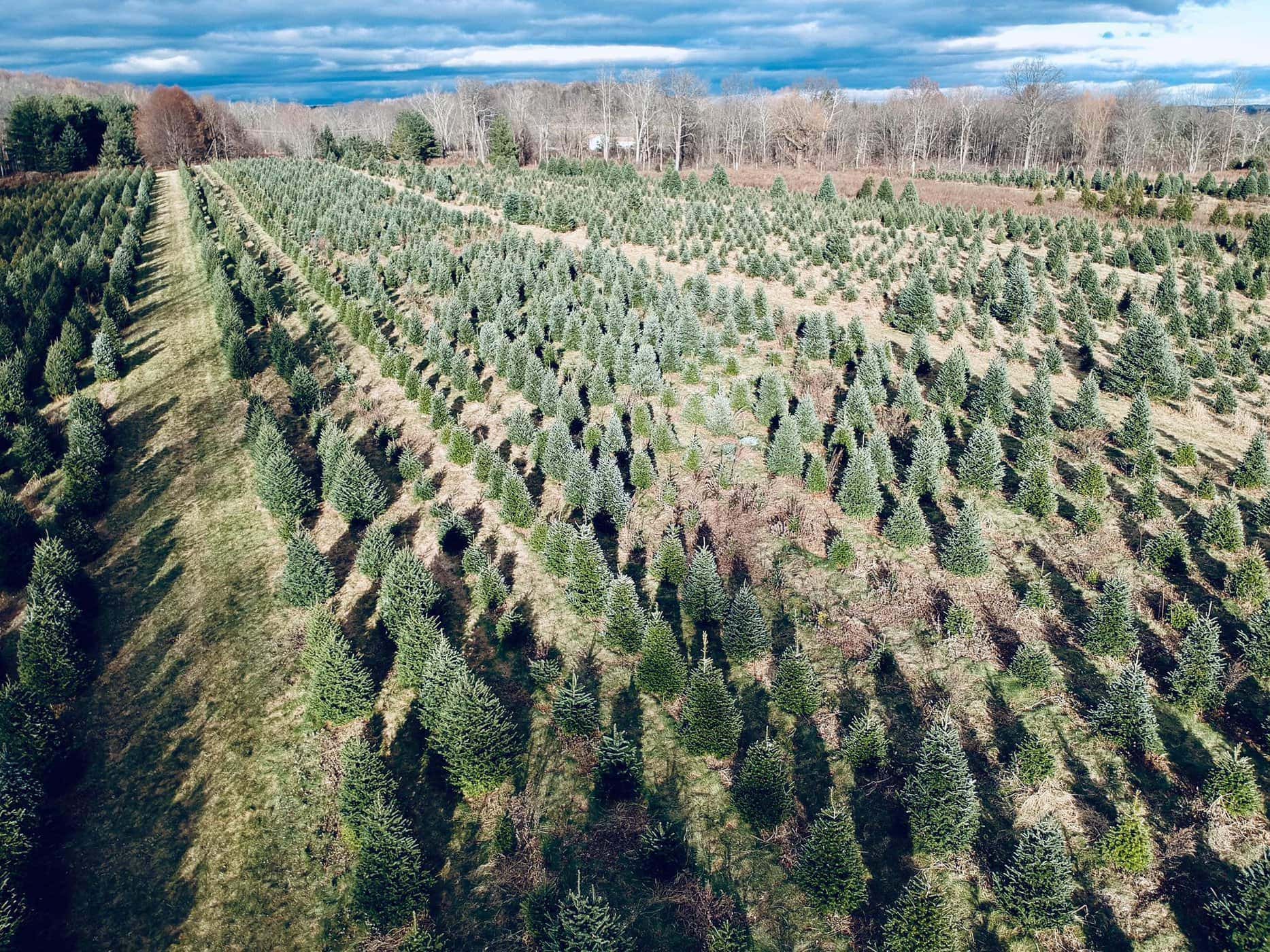
In an essay for the Conversation, Michigan State University horticulture and forestry professor Bert Cregg points to recent research findings that “Christmas tree-sized conifers store roughly 20 pounds of carbon dioxide in their above-ground tissue and likely store similar amounts below ground in their roots.”
That carbon uptake can help to counteract some production-related emissions from Christmas tree farms — but that benefit only applies if consumers aren’t adding to the overall emissions with excessive travel. Shopping at a nearby farm is the best bet, or picking somewhere that’s along your normal daily route, Cregg notes.
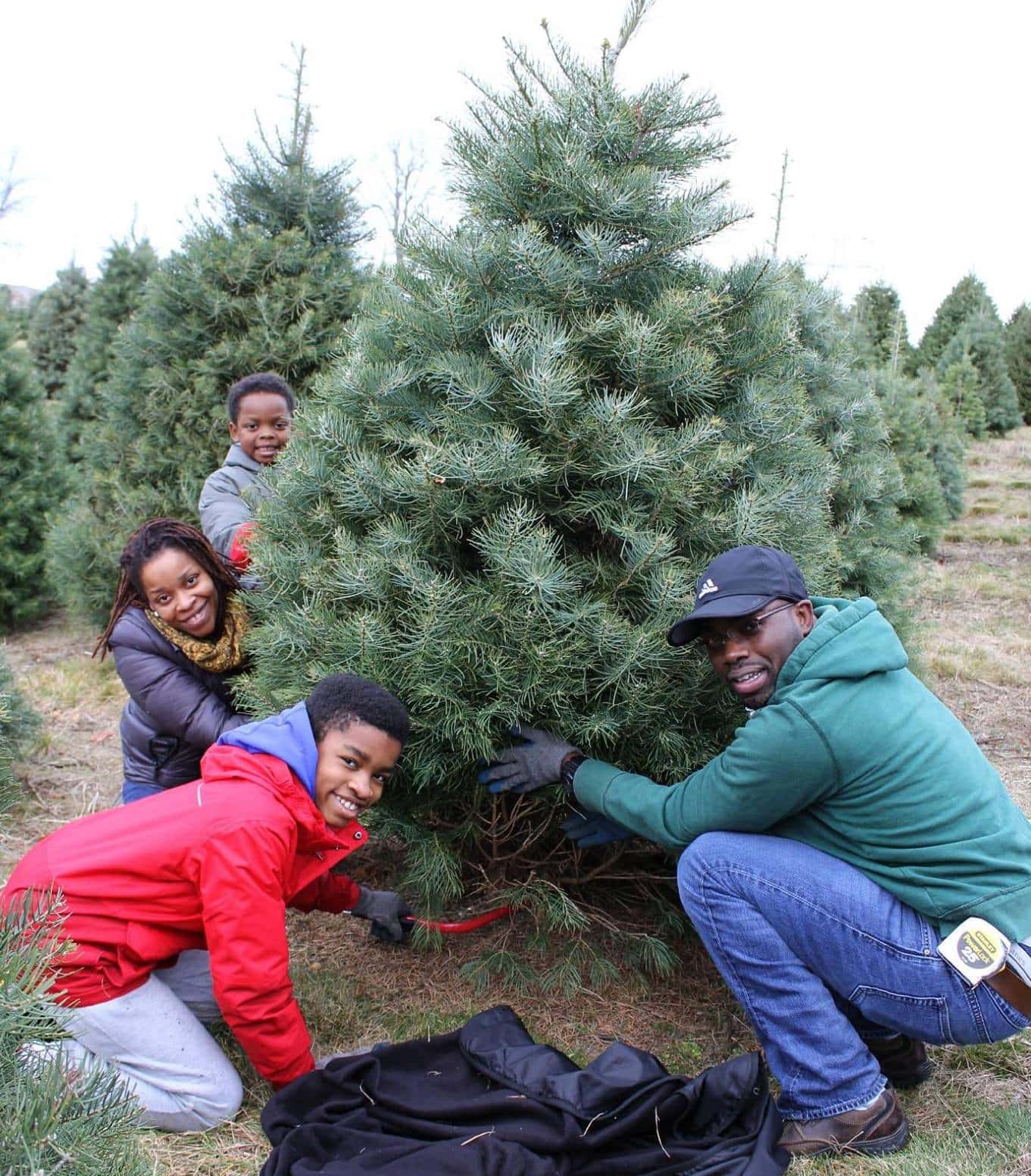
Christmas tree farms also provide habitat for wildlife, and can help bolster soil retention to prevent erosion and land degradation. After use, the individual trees can be turned into mulch to promote healthy soil or be used in compost systems.
“We do that all the time,” says Gene Knudsen, owner of Balsam Ridge Christmas Tree Farm and president of the New York Christmas Farmers. “We use them to mulch seedlings to help them along and keep the moisture in the soil.”
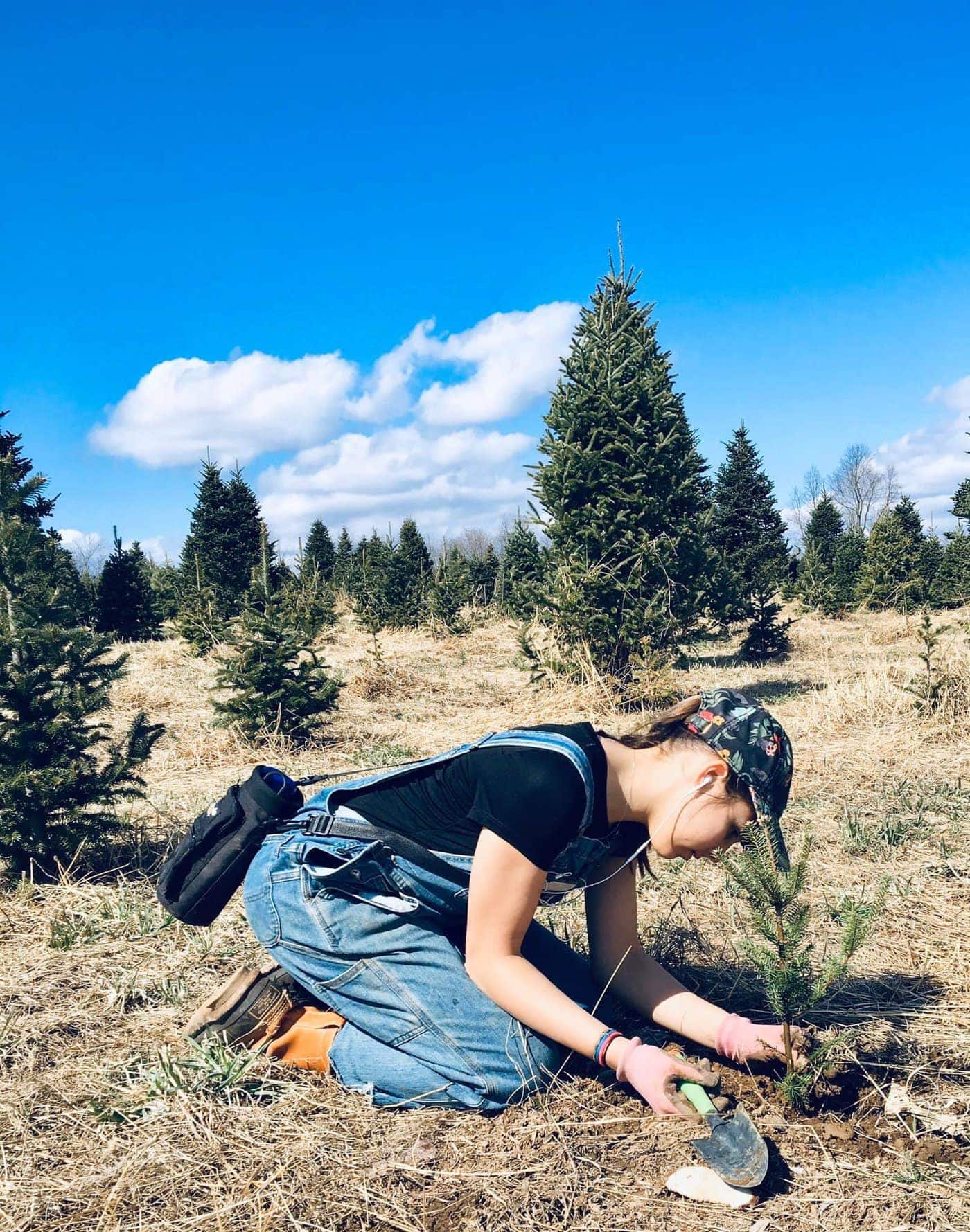
There’s also the local economic impact to consider. Christmas tree farming is a $14 million branch of New York’s agriculture. Experts say it can be a land-use win since it offers a viable form of ag that keeps land in farm production rather than getting caught up in urban sprawl when near cities.
That farmland neighboring populated areas translates to large green spaces left intact that may otherwise have been built upon. And the income from holiday shoppers gives farmers the means to resist the pressure to sell off land to developers. “Without that income,” Knudsen says, “some probably would let their land go to subdivisions.”
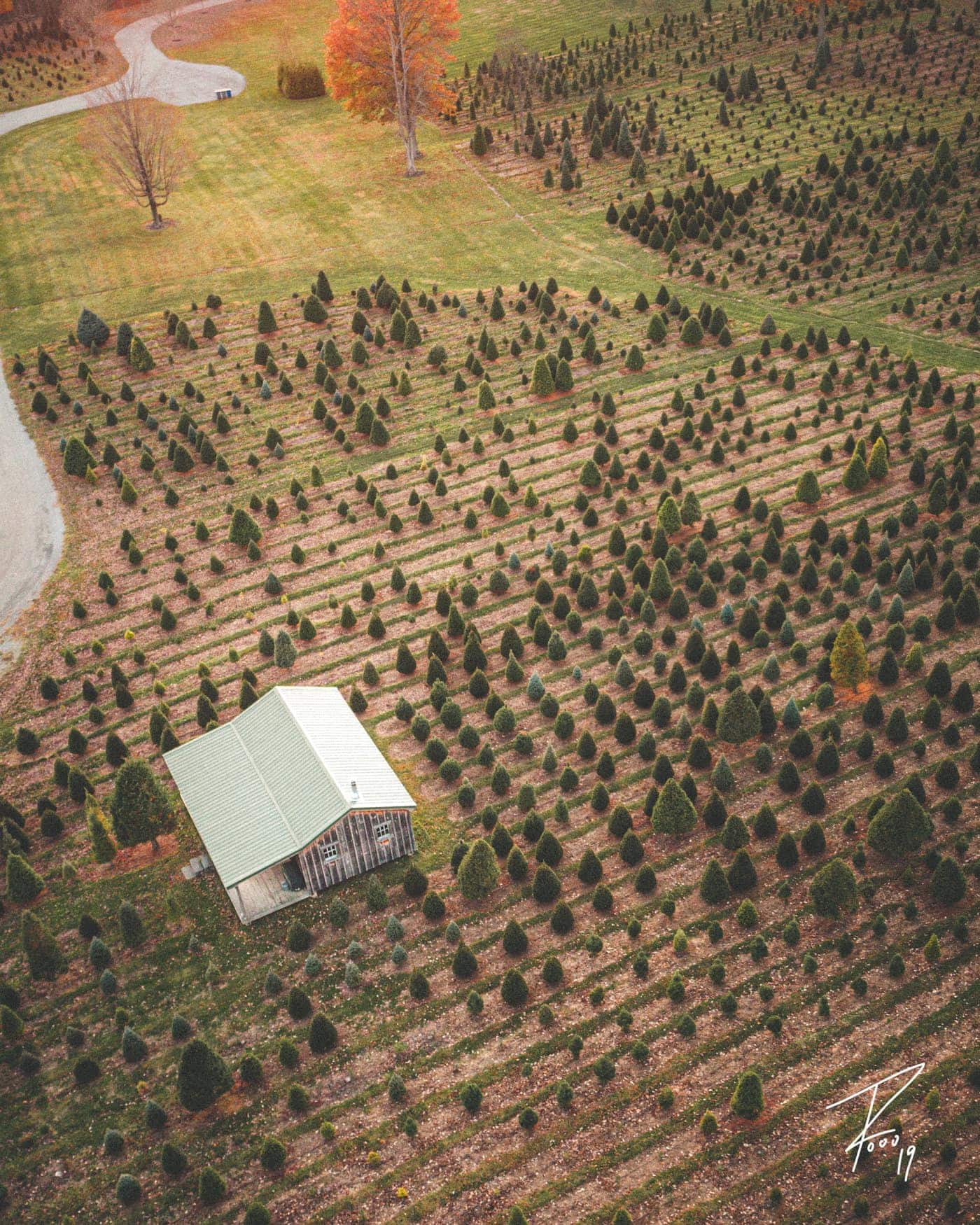
If locally grown isn’t an option, Knudsen still recommends real over artificial should you find yourself perusing the selection from a bigger retailer. Bear in mind that trees bought at big-box and home-improvement stores most often come from Canada, which means lots of fuel and other resources expended during transport.
Real trees aren’t entirely without their issues, of course. On top of production emissions, factors like water consumption and pesticide use must also be taken into consideration when weighing the overall footprint.
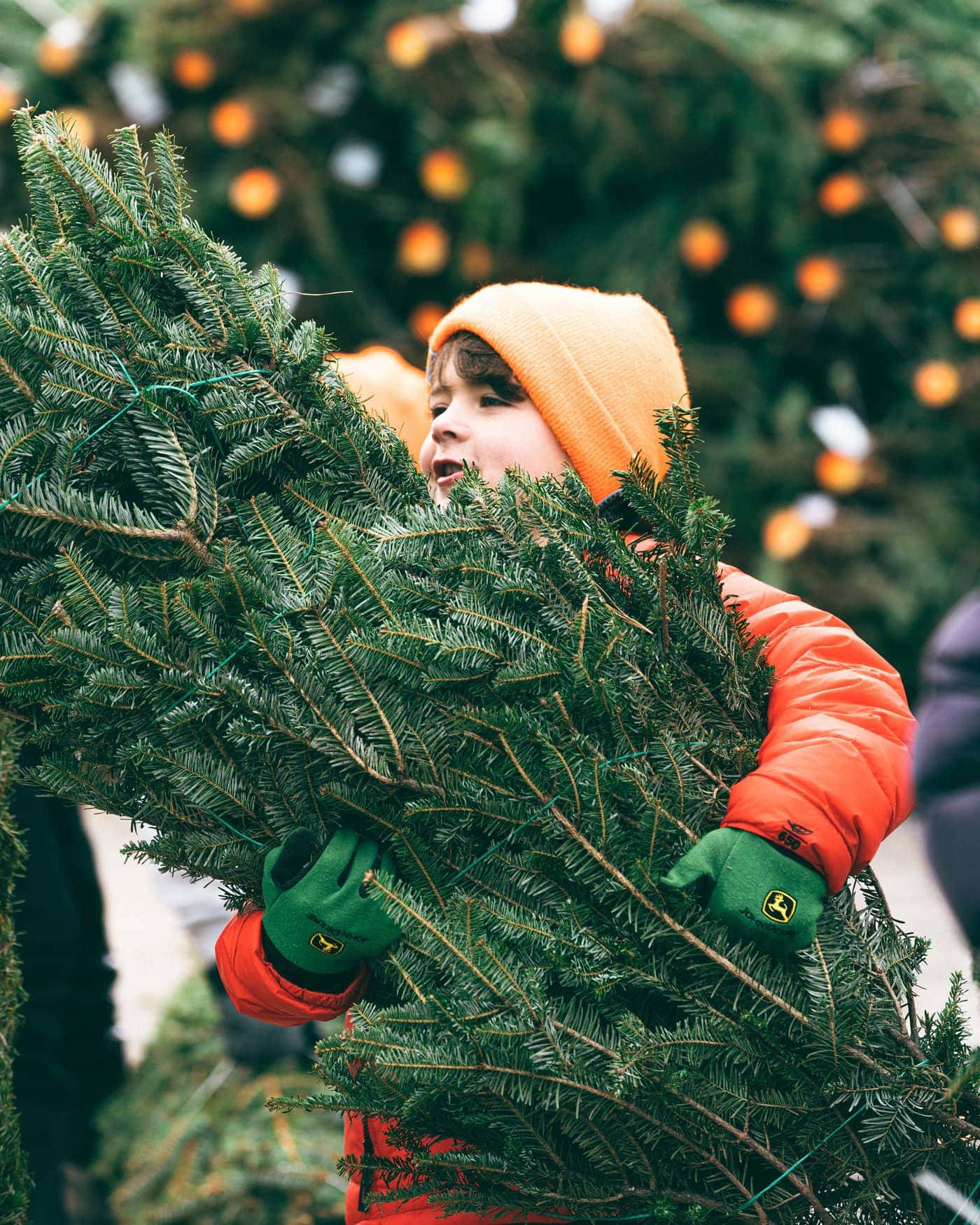
For artificial trees, on the other hand, the biggest concern is the footprint from manufacturing and shipping — and that they’ll ultimately end up in the landfill. The vast majority of artificial trees purchased in the U.S are made in China, and hard-to-decompose PVC is a major component of them.
A study commissioned by the American Christmas Tree Association, however, which represents the Christmas tree industry broadly (including retailers and manufacturers of artificial trees), found that keeping your artificial tree for at least five years can make up for this. Most households hang onto artificial trees for about 10 years, the report notes. “If you do that, it’s actually a better footprint than having a real tree every year,” Jami Warner, executive director of the ACTA, argues.
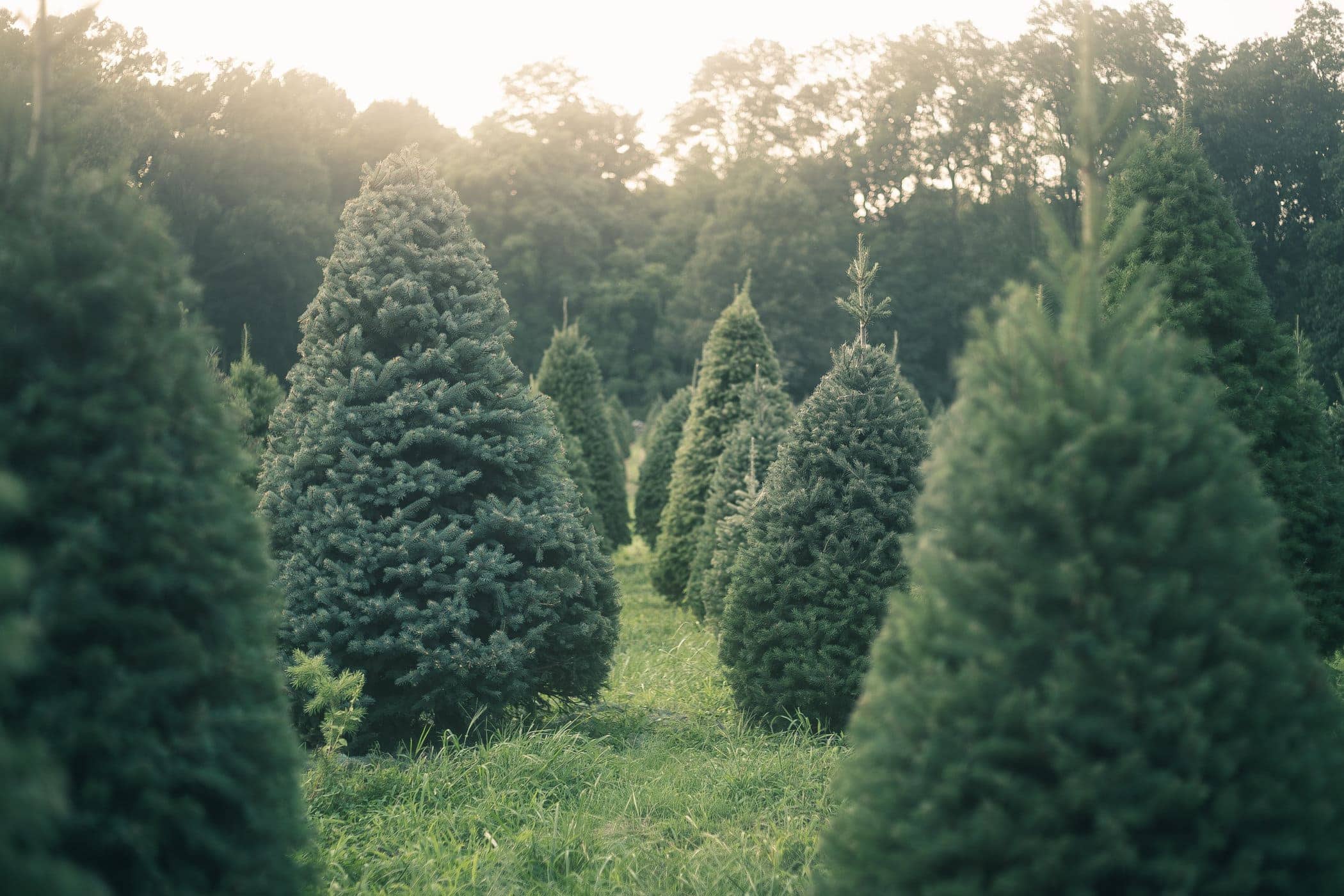
And, when you are eventually finished with it, recycling an artificial tree is possible — but it’s a tedious task. According to Marsha Gray of the Christmas Tree Promotion Board (speaking to Texas A&M’s AgriLife Today in 2020): “You would have to pull each individual needle off of the entire tree” in order to make it suitable for recycling. Otherwise, it’s into the trash.
At the end of the day, it all comes down to personal preference and access to the different options. Whatever your choice, there’s a responsible way to go about it.
“The American Christmas Tree Association believes that there is no such thing as a right or wrong Christmas tree,” Warner says. “Both real and artificial trees are beautiful. It just depends on your lifestyle, your space, and your aesthetic, how much you want to invest, and how long you want to keep that tree.”


